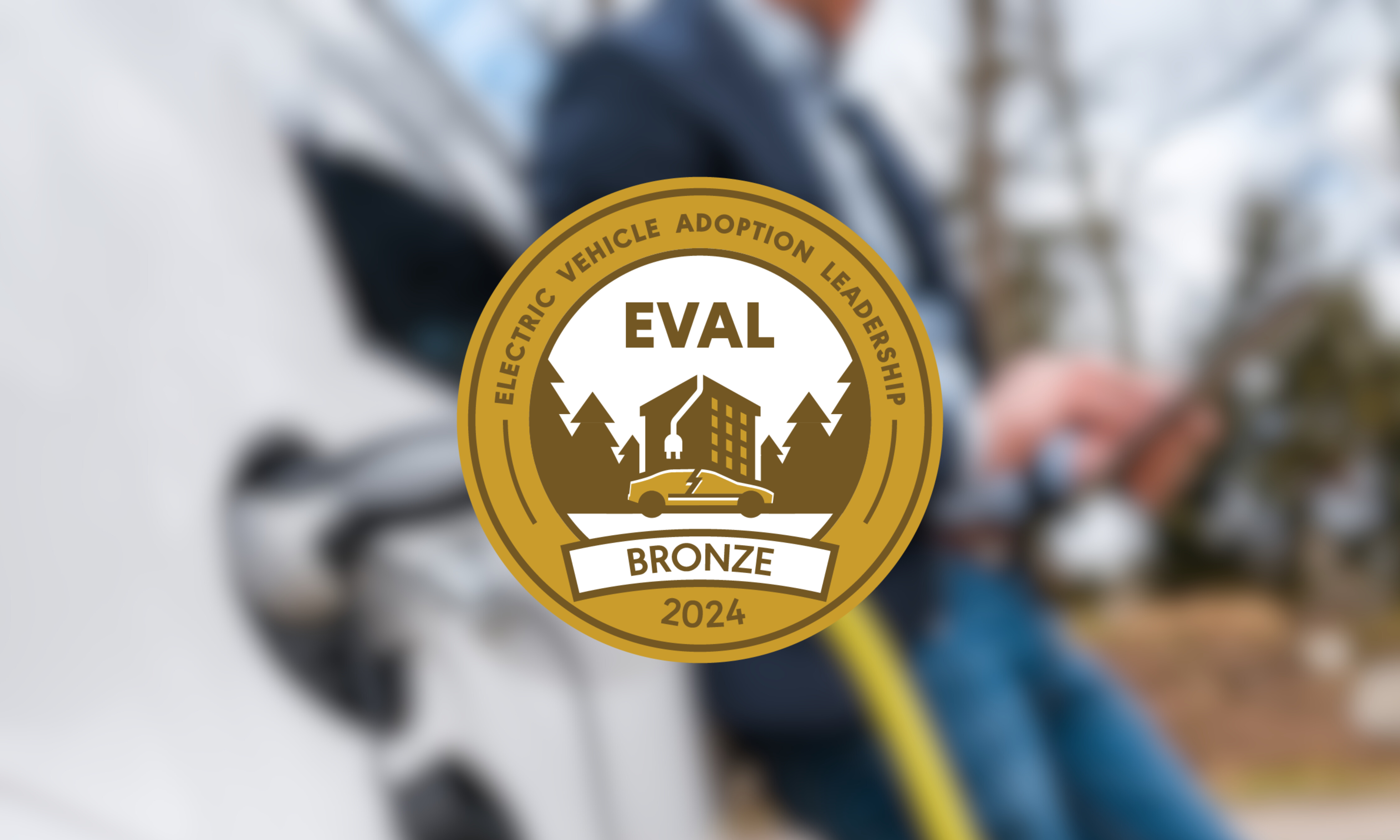This guest blog post was submitted by Plug In America supporter Tim Setterfield. If you would like to submit a guest blog post for possible inclusion in a future newsletter, please contact us at info@pluginamerica.org.
Electric vehicles are great, but like traditional cars, they too need some occasional maintenance. The great news is that it’s not nearly as much work, as electric cars are vastly simplified compared to their fossil-fueled cousins. If you have an EV, here are six suggestions to ease your maintenance chores.
1. Check the tires
Check the pressure regularly and fill as needed according to the manufacturer specifications. Do the checks only when the tires are cold, with first thing in the morning being best. Visually examine the tires every so often to see if there are any tears and/or significant tread wear. Do these checks every 1-3 months, depending on how much you drive. Newer cars may include Tire Pressure Monitoring Systems which will warn you of low inflation pressures, but being proactive by keeping them near the upper recommended level pays dividends, resulting in better economy. Every six months or as the manufacturer specifies, you’ll want to have the tires rotated, so as to equalize wear.
2. Check the fluids
Just like traditional cars, EVs have fluids that need to be checked regularly. The windshield washer fluid will be easily accessible; you’ll want to keep it topped up. Two other fluids you may need to check are the brake fluid and the coolant fluid. Check the manufacturer recommendations.
3. Battery health
The battery is probably the most important component of your EV. Fortunately, you do not need to check this regularly and if there was a problem, the car’s on-board computers would indicate this.
EV batteries are designed to have an extended life, but they will lose some capacity over time. When it’s not working optimally anymore, you may choose to replace it with a new one. The great thing about EV batteries is that they last very long, at least 10 years or more. Manufacturers also generally provide warranties for batteries in this same duration. You should check the battery warranty offered by your manufacturer.
4. Set a timer when charging
When charging your EV car, you may want to set a timer. Your car may allow you to charge to 90 instead of full, or you may set a timer on your charger to do this. Keeping your battery state of charge between 10% and 90%, except when going on a long road trip, is good general practice. Having your battery too full or too empty often may reduce its capacity over many years.
5. Check the brake pads
EVs have regenerative braking, which actually creates electricity that goes back in the battery when you take your foot off the accelerator pedal. Although you will use the traditional brakes a lot less often, you still should check your brake pads regularly to make sure they are working properly. You’ll find they won’t wear out as quickly as in a gas car.
6. Watch your driving
Your driving habits impact your EV more than anything. You want to follow these best practices when driving your EV:
- Keep it light. Your car has to work harder when there is more weight to carry.
- In cold, wet weather, give yourself an extra cushion of energy. Running the heater uses some of your battery, plus batteries are less capable in cold areas and need to be warm to deliver full performance. Also, cold air is dense, costing more energy to get through it and wet roads have less traction, requiring more energy to get to the destination.
- Coast when you can. Regenerative brakes are great for conserving energy, but remember that it only recovers a fraction of energy lost. When driving in places where you’ll likely stop often, such as heavy traffic, coast.
- Park thoughtfully. Park in shaded areas, where possible, to prevent using additional power usage to cool the car. In the winter, park where sun exposure could help warm the car while you’re away. Many EVs have a built-in thermal management system and it will keep running if your car is out in the sun. This uses up unnecessary battery energy, which can reduce its lifetime use.
Which of these tips did you find the most useful? Share your thoughts in the comments below.

